I have a device that requires 1.21 Gigawatts over one second to fully activate. Upon activation the device is disconnected automatically. The device can accept the power at any voltage, and will simply present itself as a load that will consume the required power in one second regardless of the source voltage.
I have an energy source, essentially modeled as a capacitor, with an effective capacitance of 159µF.
Assuming I charge this energy source to 7.69 x 10^15 Volts, and there are negligible losses between the power source and device, how many device activations can I achieve before I must recharge it?
 to take a picture.
to take a picture.

